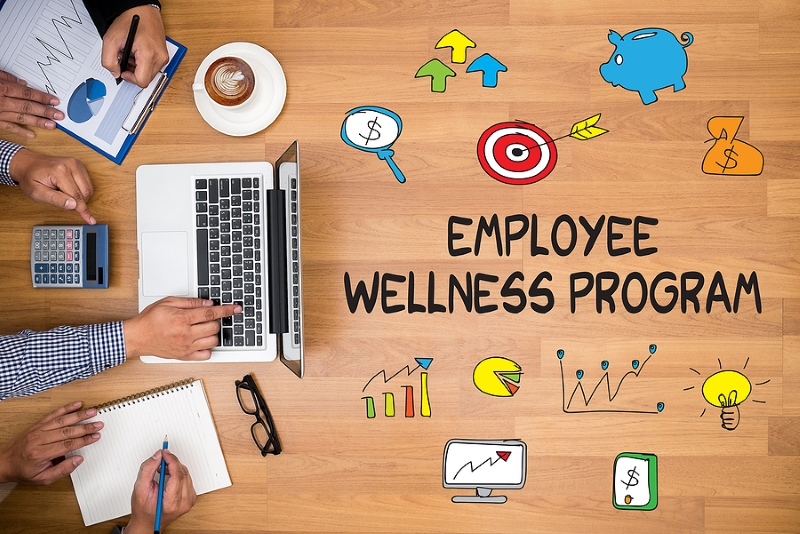About 90,000 hours of the average person’s life are spent at work. Within that time, many hours will be fulfilling and exciting, but many others will cause frustration and stress. Managing those challenging times is key to maintaining professional wellness and a positive experience in the workplace. Let’s take a look at three stressors that feel inevitable at work and explore the control employees have in these situations.

Have the Difficult Conversations
Studies have found that 70 percent of employees are avoiding a “scary” conversation at work. However, avoiding conflict does nothing to quell the anxiety and frustration that conflict causes. So, how do we take the “scary” out of these conversations?
- Before engaging, understand the facts of who, what, when, where, and why.
- Know what you want the end result to be. What change(s) do you want to see?
- Ensure it is an interactive discussion, with everyone providing perspectives and solutions.
- Don’t dwell on changing the past, but rather set boundaries, rules, and processes to avoid the problem moving forward.
Having hard conversations sooner minimizes the amount of time the issue is internalized, impacting physical and mental health.
Remove Toxicity
Sometimes, a workplace becomes toxic based on the actions and attitudes of others in the organization. A toxic colleague engages in bullying or manipulating, gives less than full effort, and uses negative (even discriminatory) talk.
To neutralize the toxicity, call out the behaviors when you see them using the “difficult conversation” tips above. If you cannot go directly to the toxic individual, stay as close to the chain of command as possible.
When faced with a toxic individual, focus on what you can control — your reaction. Create a stock response for toxic conversations or actions and consistently use it. This consistency may even have an impact on the toxic personality.
Move from Burned Out to Fired Up
Burnout “is a state of emotional, physical, and mental exhaustion caused by prolonged exposure to high levels of stress.” Burnout presents itself as persistent exhaustion, reduced efficiency, detachment, cynicism, and decreased performance.
Implementing small changes can help you go from being burned out to being on fire:
- Schedule regular check-ins with a manager or even a colleague to help review issues and prioritize work.
- Some tasks take way less time than you feel like they do, and knowing this will lighten the dread you feel when seeing them on your to-do list.
- For assignments that take up a lot of time, find ways to automate part of the task or delegate some of the work.
- A work-from-home day may give you the focus and quiet you need to complete a certain task.
- Take quick walks or even take conference calls while walking. Even a five- to ten-minute walk outside provides stress-busting benefits.
Prioritize Wellness
Think about incorporating wellness goals into your professional objectives, including goals around how long to wait to address concerns about workload or team performance. Challenge yourself to implement activities or processes that move team culture in a more positive direction. Find ways to add joy to every workday. Prioritizing professional wellness will result in meeting your professional development goals.
As the founder of GovEvents and GovWhitePapers, Kerry is on a mission to help businesses interact with, evolve, and serve the government. With 25+ years of experience in the information technology and government industries, Kerry drives the overall strategy and oversees operations for both companies. She has also served in executive marketing roles at a number of government IT providers.





Leave a Reply
You must be logged in to post a comment.